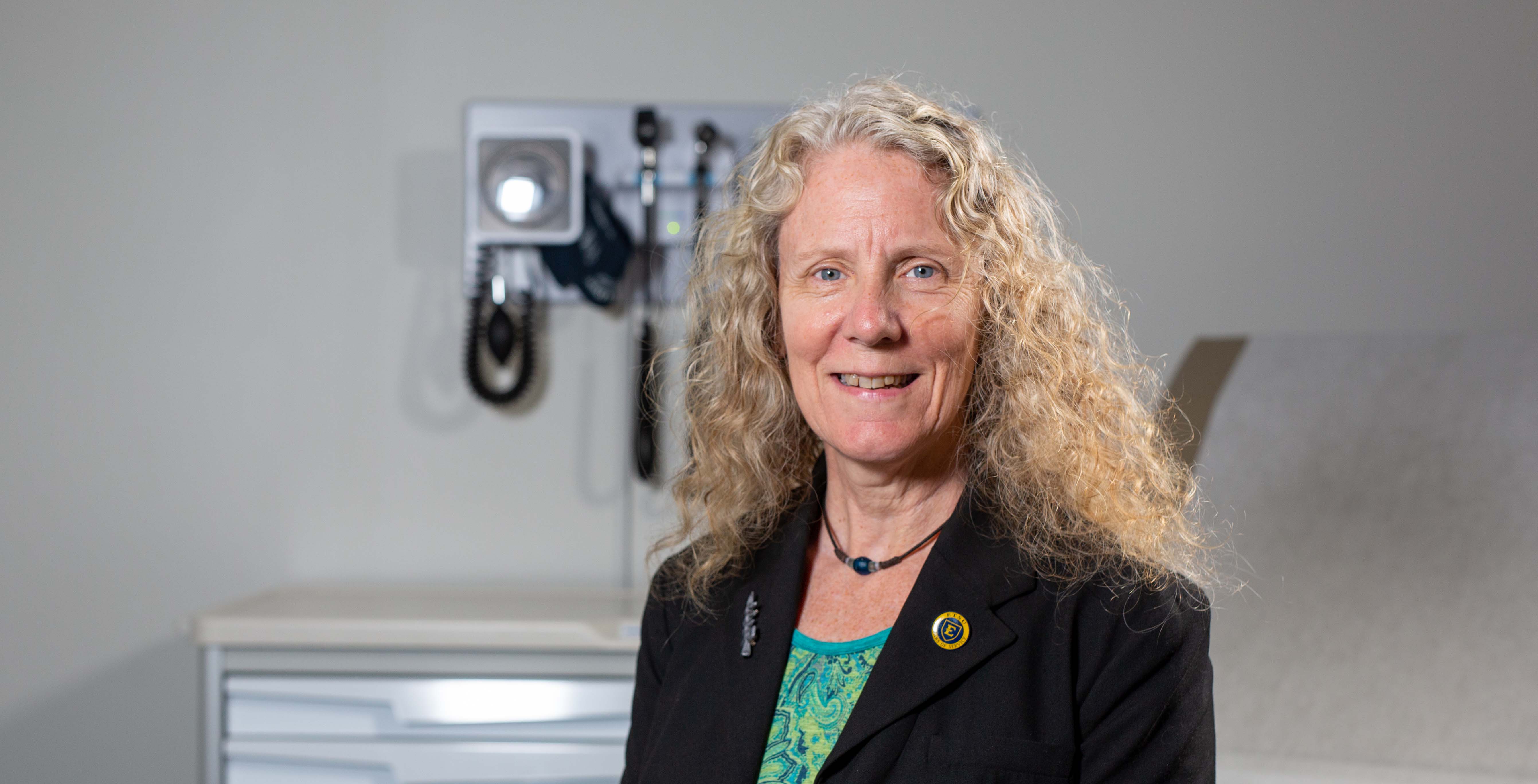
East Tennessee State University's Simulation Standardized Patient (SP) program is used to train students in all five of the health sciences colleges, including Quillen College of Medicine, Bill Gatton College of Pharmacy, College of Nursing, College of Public Health, and College of Clinical and Rehabilitative Health Sciences.
A standardized patient (SP) is a person trained to portray a realistic patient, their family member or others to recreate a scenario accurately and consistently. SPs are trained to give feedback to the students in the patient’s voice. Standardized patients perform a wide variety of roles working with a range of medical professions. These roles help students learn history taking and communication skills. The scenarios provide a safe environment to work through emotional situations.
In this Q&A, Simulation SP Manager Perry Butler provides a snapshot of the role of the SP in training health care professionals at ETSU:
What is unique and makes your program stand out?
Our standardized patients participate in many different types of activities with different
programs and colleges across campus. Besides working closely with the colleges of
medicine and pharmacy, we work with many of the health science departments and the
College of Nursing. The SPs take on many roles. They ‘become’ the patient with all
its many facets. They might have the characteristics of a stroke or a burn victim
complete with props and special effects makeup. Being an SP takes a special mix of
skills: teaching, acting and a love of working with students.
What type of simulation activities does your team regularly host?
Working with SPs gives students a safe place to practice their communication and physical
exam skills, a place to make mistakes and learn from them before the students go out
into the world as medical professionals. SPs continually work with students, aiding
with communication skills like learning how to listen, showing empathy, and counseling
with emotional and serious issues. SPs also take part in teaching physical exam skills.
A select few go through extra training to learn physical exam skills themselves so
they can then assist faculty in teaching these skills to the students.
What is one of the most interesting healthcare simulation sessions you have helped
host?
The SPs don’t always play patients. Sometimes they are standardized professionals
or even standardized pupils. Being challenged when encounters went from on-ground
to Zoom sessions prompted new events to be created. One exciting new event we participated
in was a telehealth training event for our medical residents. Two SPs worked together
– one being the standardized patient and the second a standardized professional. This
aided the residents in learning how to reach out to a team member of a different discipline
to help with specific patient issues.
What unique opportunities are offered for those outside of the College of Medicine?
SPs participate in our IPE (Interprofessional Education) programs. These events include
students from all across campus. These events group students from different disciplines
to work together to help the standardized patients through their medical issues.
 Stout Drive Road Closure
Stout Drive Road Closure